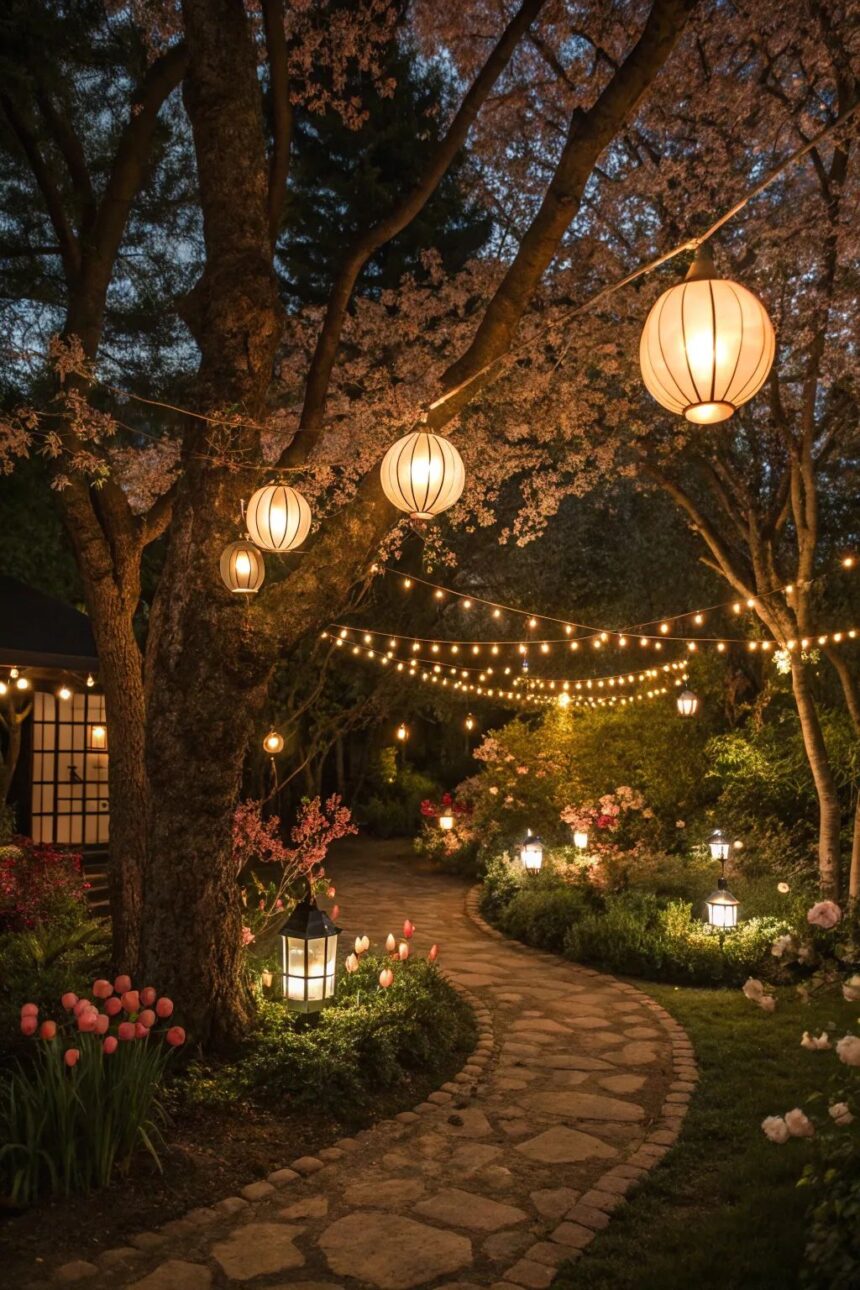Introduction
Nestled in the heart of Kathmandu, Nepal, the Garden of Dreams is a historic neoclassical garden that combines tranquil beauty, architectural elegance, and cultural charm. Often called the “Garden of Six Seasons”, it offers a peaceful retreat from the bustling city and is an ideal destination for cheap vacation ideas with relaxation and culture.
- Introduction
- History of Garden of Dreams
- Fascinating Facts About Garden of Dreams
- Timeline of Garden of Dreams
- Significance of Garden of Dreams
- 1. Cultural Significance
- 2. Environmental Importance
- 3. Tourism & Economy
- 4. Education & Recreation
- 5. Peace & Relaxation
- Observance & Cultural Activities
- Wishing at Garden of Dreams
- Daily Life Impact
- FAQs About Garden of Dreams
- Important Tips for Visitors
- Importance in Society
- Conclusion
The garden is famous for its European-inspired pavilions, fountains, flowerbeds, and serene courtyards, making it perfect for both leisure and cultural exploration. This article explores history, fascinating facts, timeline, significance, observance, wishing, FAQs, daily life impact, and societal importance in a human-friendly, immersive style.
History of Garden of Dreams
Establishment: Built in 1920s by Kaiser Shumsher Rana, one of Nepal’s prominent Rana rulers.
Original Design: Inspired by European neoclassical gardens, featuring fountains, pavilions, and symmetrical layouts.
Decline and Restoration: The garden fell into neglect during the 20th century but was fully restored in 2000 with the support of international organizations.
Cultural Landmark: Today, it is recognized as a heritage site in Kathmandu, blending history, architecture, and nature.
Fun Fact: The garden is also known as “Apsara Garden” and is admired for its lush greenery, romantic ambiance, and colonial-style architecture.
Fascinating Facts About Garden of Dreams
European Design: Features six pavilions, a central fountain, and pergolas, reflecting European aesthetics.
Floral Paradise: Home to colorful flowerbeds, aromatic plants, and decorative trees, representing all six seasons.
Cultural Events: Hosts art exhibitions, musical performances, and cultural workshops throughout the year.
Photography Hotspot: Popular among photographers, couples, and tourists for its scenic beauty.
Cafe & Relaxation: Includes a small café and seating areas where visitors can enjoy tea while soaking in nature.
Eco-Friendly Restoration: The garden’s revival focused on sustainability, biodiversity, and heritage preservation.
Timeline of Garden of Dreams
1920s: Built by Kaiser Shumsher Rana as a private garden.
1950s–1990s: Gradual decline and limited public access.
2000: Full restoration by Austrian and Nepalese authorities.
2001–Present: Open to the public, hosting cultural events, guided tours, and photography sessions.
Significance of Garden of Dreams
1. Cultural Significance
The garden preserves the Rana-era architecture and serves as a living museum of Nepalese history and European influence.
2. Environmental Importance
Provides an urban green space, supporting biodiversity and offering a sanctuary for birds, butterflies, and plants.
3. Tourism & Economy
Attracts local and international tourists, supporting cafes, guides, and souvenir shops.
4. Education & Recreation
Offers opportunities for botanical learning, historical education, and leisure, making it ideal for families and students.
5. Peace & Relaxation
The tranquil environment allows visitors to escape city chaos, meditate, or enjoy quality time with friends and family.
Observance & Cultural Activities
Festivals: Occasionally hosts cultural programs, music concerts, and flower shows.
Eco-Tourism Awareness: Visitors learn about plant conservation and sustainable landscaping.
Photography and Art Exhibits: The garden is a hub for creative expression and cultural documentation.
Leisure Activities: Strolling, reading, or enjoying tea in the garden fosters mindfulness and relaxation.
Wishing at Garden of Dreams
Visitors often make wishes while sitting near fountains, gazebos, or under flowering trees:
🌸 “May my life bloom with happiness, peace, and prosperity like these gardens.”
🍃 “Wishing for clarity of mind, serenity, and inspiration for creativity.”
💖 “May every step I take in life be guided by harmony, beauty, and kindness.”
These small acts of reflection and wishing enhance the emotional and spiritual experience of the garden.
Daily Life Impact
Garden of Dreams influences both tourists and local communities:
For Visitors: Offers a serene space for relaxation, photography, and cultural immersion.
For Locals: Supports garden maintenance jobs, cafes, and event management, providing sustainable employment.
For Society: Promotes heritage preservation, urban green space awareness, and eco-friendly practices.
Children and students visiting the garden often learn about biodiversity, history, and responsible tourism, helping nurture environmentally conscious citizens.
FAQs About Garden of Dreams
Q1: What is the best time to visit?
A: Morning or late afternoon for cooler weather and optimal photography.
Q2: Is there an entry fee?
A: Yes, a nominal fee supports maintenance and events.
Q3: Can I take photographs?
A: Yes, the garden is a popular photography destination.
Q4: Are guided tours available?
A: Yes, local guides provide historical and botanical insights.
Q5: How long should one spend here?
A: 1–2 hours is sufficient to explore the garden and enjoy its amenities.
Important Tips for Visitors
Dress comfortably for walking and exploring.
Carry water and a hat for sunny days.
Respect quiet zones and areas for meditation.
Avoid littering and help maintain garden cleanliness.
Participate in cultural events for a richer experience.
Importance in Society
Garden of Dreams is a symbol of heritage, nature, and leisure in urban Kathmandu:
Cultural Preservation: Maintains historical Rana-era design and architecture.
Environmental Role: Supports urban greenery and local biodiversity.
Economic Impact: Generates revenue through tourism, events, and cafes.
Educational Significance: Offers lessons in history, horticulture, and art.
Community Wellbeing: Provides a calm and inspiring space for recreation, reflection, and social interaction.
Conclusion
The Garden of Dreams is not just a park—it is a living sanctuary of culture, nature, and history. Affordable, serene, and visually enchanting, it offers a perfect escape for tourists, families, and history enthusiasts.
🌸 Wishing for You: May your visit to the Garden of Dreams inspire peace, creativity, and a deeper appreciation for the beauty that surrounds us. Let every flower, fountain, and pavilion remind you of harmony, heritage, and the joy of mindful living.








